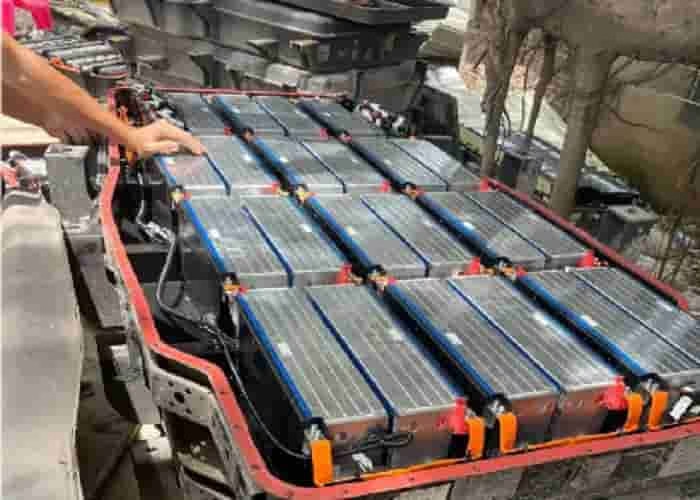Among the core components of new energy vehicles, the power battery is the “heart”, and its performance directly determines the vehicle’s endurance, power performance and service life. With the iteration of technology, the parameter indicators of power batteries continue to break through. For example, the energy density of the all-solid-state battery released by CATL in 2025 has reached 500Wh/kg, and the vehicle equipped with this battery can easily exceed 1,000 kilometers on a single charge. But how do ordinary users understand these parameters? How do they affect our daily car experience?
1. Energy density: the core code of cruising range
Energy density is divided into volume density (Wh/L) and mass density (Wh/kg), the latter of which is more commonly used. Taking lithium iron phosphate batteries as an example, the energy density of its battery cell is about 160-180Wh/kg, while the ternary lithium battery can reach 240-300Wh/kg. However, after actual installation, due to factors such as the battery box structure and thermal management system, the system energy density will be further reduced.
For example, the 150kWh semi-solid battery pack equipped with NIO ET7 has an energy density of 360Wh/kg, and the actual measured cruising range exceeds 1,000 kilometers. It is worth noting that solid-state battery technology is pushing energy density to a new level. Qingtao Energy’s semi-solid-state battery has achieved an energy density of 368Wh/kg and has been applied to SAIC Zhiji L6 models.
2. Power density: the source of power for instantaneous bursts
Power density determines the acceleration performance and climbing ability of the vehicle. Taking Tesla Model S as an example, its battery system power density exceeds 2500W/kg, and it only takes 2.1 seconds to support 0-100km/h acceleration. In the field of commercial vehicles, the power density of lithium iron phosphate batteries is usually 1000-1500W/kg, which is more suitable for stable driving scenarios such as urban buses.
3. Cycle life: the touchstone of battery durability
Cycle life refers to the number of times the battery maintains 80% of its capacity during the charge and discharge cycle. The cycle life of lithium iron phosphate batteries can reach 3500-5000 times, while that of ternary lithium batteries is about 2500 times. However, in actual use, frequent fast charging and deep discharge (such as using less than 5% of the power) will significantly shorten the life. For example, if you use fast charging every day and often run out of power, the battery life may drop from the theoretical 10 years to 5 years.
4. Charging rate: the key to say goodbye to range anxiety
The charging rate is expressed in C multiples, 1C means 1 hour to fully charge. At present, mainstream models support 1-2C fast charging. For example, the 800V platform of Xiaopeng G9 can achieve a range of 200 kilometers after charging for 5 minutes. The breakthrough of solid-state batteries is even more significant. The lithium ceramic battery of Huineng Technology supports 80% energy replenishment in 12 minutes, and the charging efficiency is close to the refueling speed of fuel vehicles.
5. Temperature characteristics: the invisible threshold of environmental adaptability
Battery performance is extremely sensitive to temperature. At -20℃, ternary lithium batteries can release 70% of the power, while lithium iron phosphate batteries can only release 50%. To this end, car companies use a variety of temperature control technologies: Tesla’s liquid cooling system controls the temperature difference within 2% through a serpentine tube design, and Huawei’s “anti-injury thorn armor” technology inhibits the growth of lithium dendrites through nitrogen-containing materials to improve low-temperature stability.
2025 will become a key node for the industrialization of solid-state batteries. CATL plans to expand its all-solid-state battery production capacity to 50GWh in 2026 and mass-produce models such as Ideal MEGA in 2027. BYD plans to equip Yangwang U9 with all-solid-state batteries in small batches in 2027, with a range of over 1,200 kilometers. As the cost of sulfide electrolytes drops from 70,000 yuan/kg to 10,000-20,000 yuan/kg, solid-state batteries are expected to completely replace liquid batteries around 2030, pushing new energy vehicles into an era of “no worries about range”.















Leave a Reply